Blog
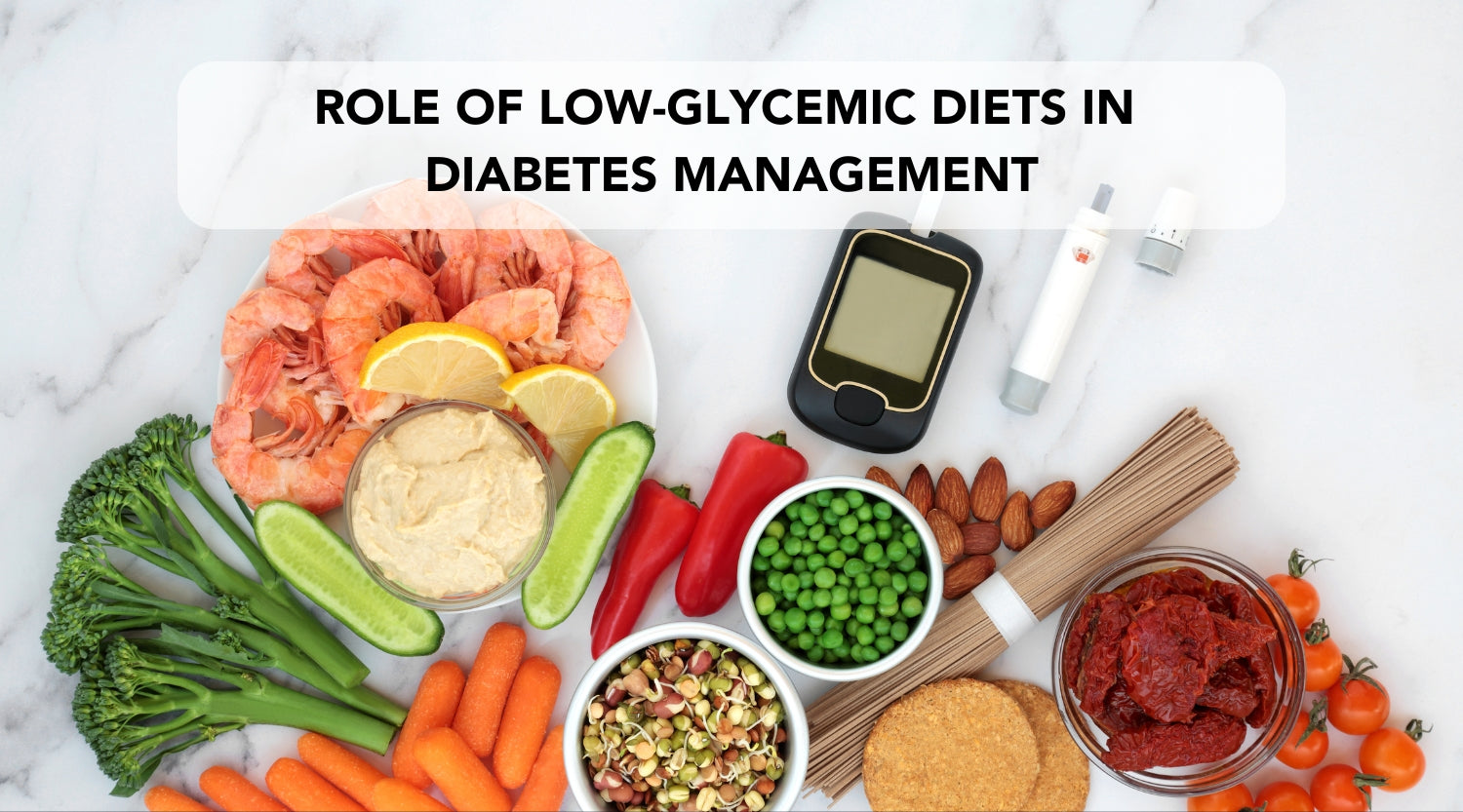
Blog
Mastering Blood Sugar Control: The Role of Low Glycemic Diets and Diabetes Management
by Aiwo Tech on May 22 2024
Managing diabetes requires a mindful approach to diet. Low glycemic diets are crucial in controlling blood sugar levels and reducing complications. Explore the benefits of incorporating low-GI foods into your meals for better diabetes management.
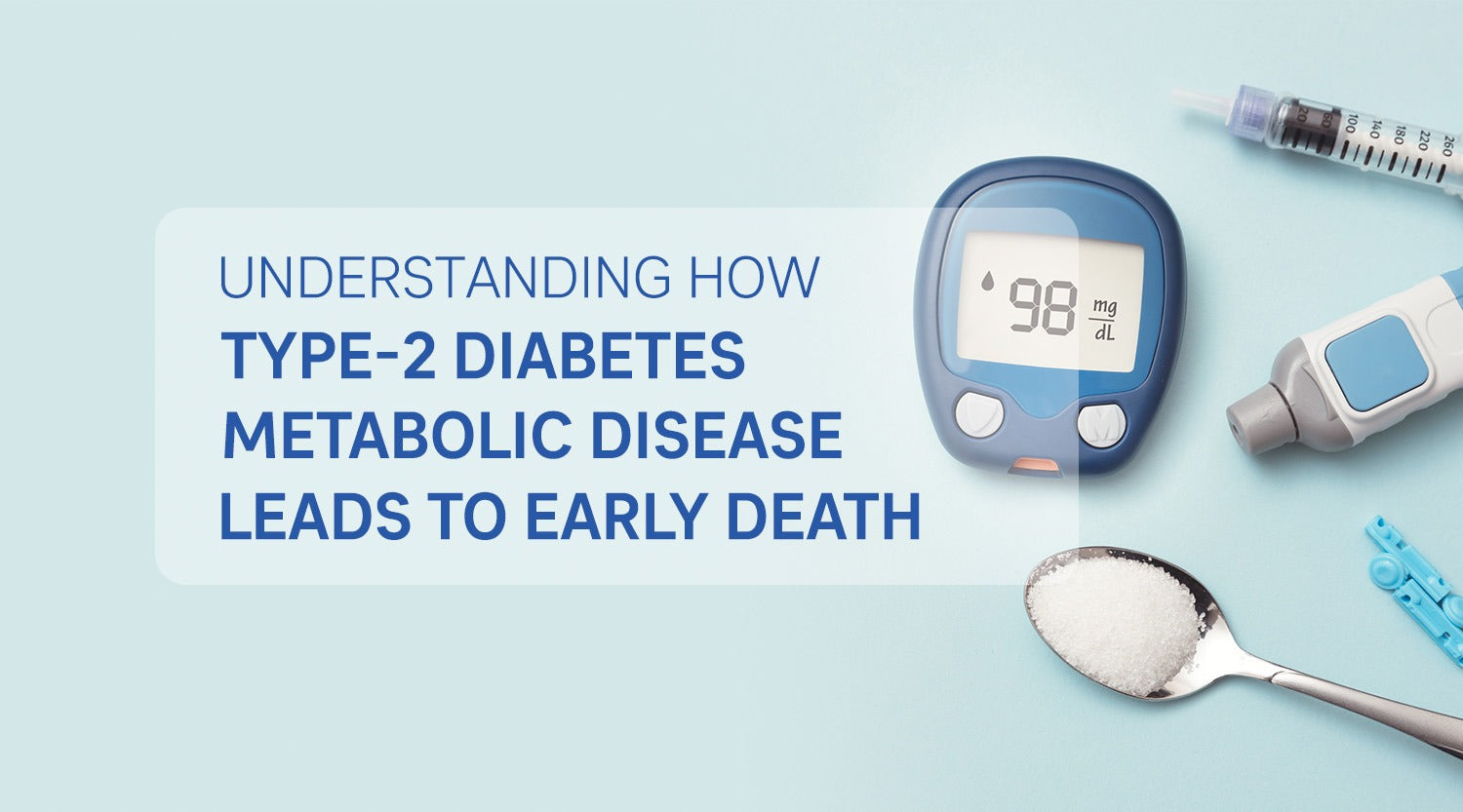
Blog
Understanding How Type-2 Diabetes Metabolic Disease Leads to Early Death
by Andrila R on Apr 17 2024
Explore the relationship between Type-2 Diabetes and premature mortality, identify contributing factors, and understand the key steps for prevention and management.

Blog
Maximizing Your VO2 Max: The Science of Endurance Supplements and Oxygen Utilization
by Andrila R on Jan 12 2024
Understanding VO2 Max and Its Role in Fitness
The Basics of VO2 Max and Endurance
VO2 Max, or maximal oxygen uptake, is the ultimate measure of fitness. It shows how much oxygen your body can use during intense exercise. The more oxygen you use, the more energy you can produce. This is vital for endurance sports like running or cycling. A high VO2 Max means you can perform better and longer. Simply put, it's the power output of your aerobic engine. To boost it, people often turn to endurance supplements. These supplement tablets are made to increase oxygen utilization. They aim to help athletes reach peak athletic performance.
How VO2 Max Levels Impact Athletic Performance
VO2 Max, or 'maximal oxygen uptake', is vital in gauging fitness. It measures how much oxygen your body can use during intense exercise. High VO2 Max allows athletes to perform better and longer. It boosts endurance and delays fatigue. This ability is crucial for sports like running, cycling, or swimming. In short, a higher VO2 Max means you can work harder. As a result, you improve your chances of outperforming others in athletic challenges. Athletes work hard to raise their VO2 Max levels. Through training and supplements, it's possible to push these limits.
The Best Supplement Tablets for Boosting VO2 Max and Endurance
Exploring Key Ingredients and Their Benefits
When seeking to enhance VO2 max and endurance, certain supplement tablets stand out. * Iron: Boosts oxygen delivery to muscles. * Beetroot extract: Increases blood nitric oxide, improving flow. * Caffeine: Enhances focus and reduces fatigue during workouts. * Rhodiola rosea: Supports the body's stress response, aiding endurance. * Quercetin: Antioxidant that may boost endurance and VO2 max. These ingredients are often found in endurance supplements. They work by aiding oxygen utilization or reducing fatigue. Adding them to your regimen could help push your limits.
Case Studies: Successful Endurance Boosters and VO2 Enhancers
Beetroot Extract: Athletes who took this saw a significant increase in VO2 Max.
Iron: Triathletes on iron supplements improved their endurance capacities.
Caffeine: Studies show it boosts oxygen uptake and performance in cyclists.
Beta-Alanine: Sprinters using it enhanced their high-intensity performance.
Omega-3 Fatty Acids: Swimmers found better lung function and VO2 Max levels. Each case highlights how the right supplements can elevate athletic output.
Developing a Comprehensive Fitness Regimen with Tablets
Integrating Tablets into Your Training Program
To effectively use supplement tablets for fitness, proper integration is key. Here's a step-by-step guide to do it right:
Consult a Healthcare Provider: Before adding any supplements to your regimen, check with a healthcare professional.
Understand Timing: Learn when to take your tablets. Some are best before workouts, others after, for recovery.
Adjust Dosages According to Intensity: On harder training days, you might need more. Lighter days, less.
Track Your Intake: Keep a log of your tablet consumption to monitor effects and make adjustments.
Pair with Diet and Hydration: Supplements work best alongside a balanced diet and proper hydration.
Listen to Your Body: If you feel off, or notice adverse effects, reassess your supplement use.
By following these guidelines, you can safely incorporate endurance tablets into your fitness plan.
Monitoring Progress and Adapting Strategies for Improvement
The inclusion of supplement tablets in a fitness regimen requires precise tracking to ensure effectiveness. Continual monitoring helps identify when adjustments are needed. Measuring changes in VO2 Max and endurance over time can demonstrate the tablets' impact. Tracking involves regular fitness evaluations and possibly wearable technology. By comparing initial benchmarks with ongoing results, progress becomes visible. If gains plateau or decline, revising supplement dosages or training methods may be necessary. Such data-driven adaptations fine-tune both the supplement strategy and overall fitness approach. The goal is sustaining improvement in athletic performance.
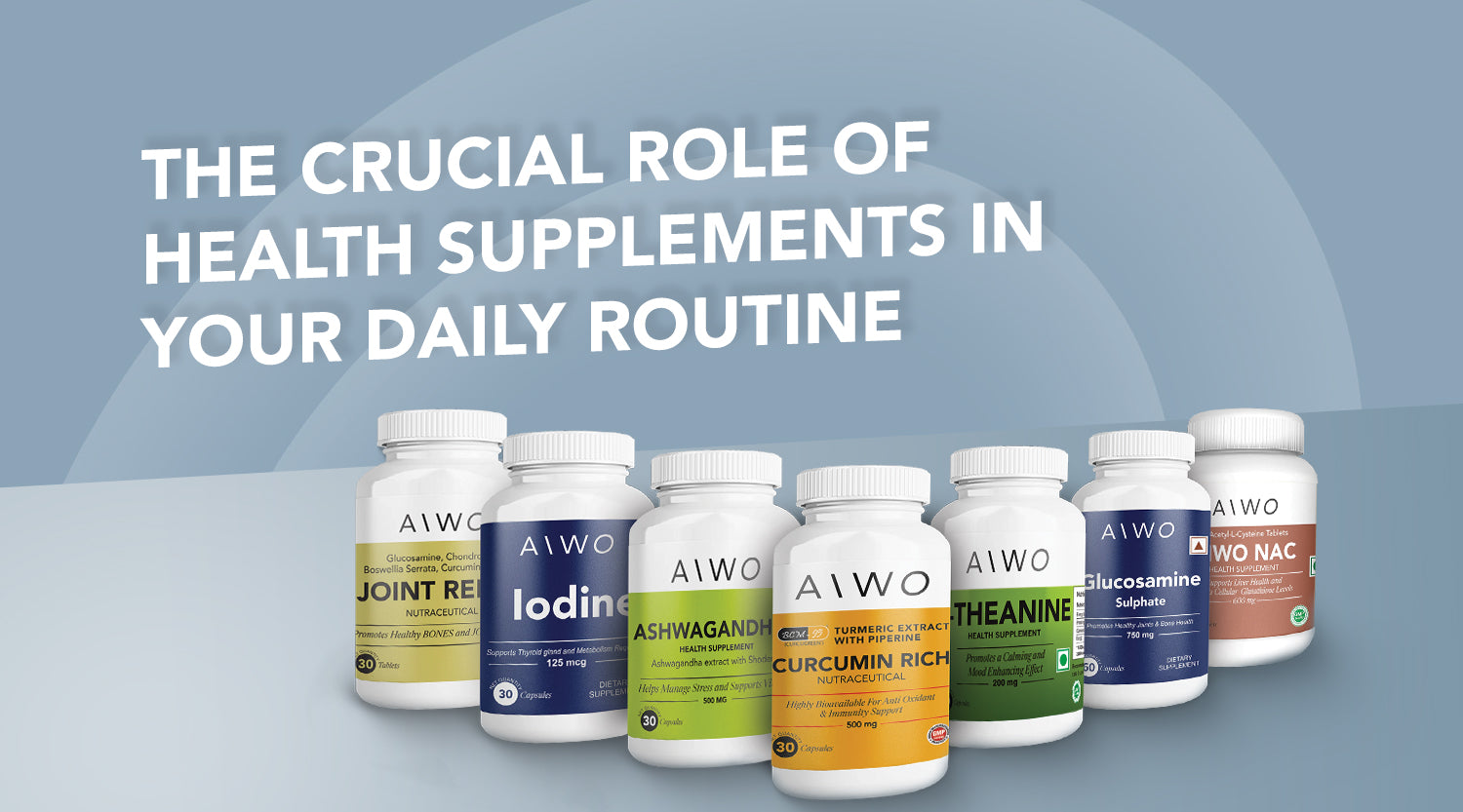
Blog
by Aiwo Tech on Jan 12 2024
Balancing a healthy diet is often challenging, leading to nutritional gaps impacting well-being. Health supplements step in to optimize wellness by addressing these gaps. They support immune functions, boost energy, improve bone and joint health, and enhance cognitive performance. Coupled with a healthy lifestyle, they offer substantial benefits. However, choosing the right health supplement requires understanding its quality, dosage, and interactions. It's crucial to consult healthcare professionals prior to starting a regimen and to dispel misconceptions about health supplements. Embracing their role can aid in achieving long-term optimal health.
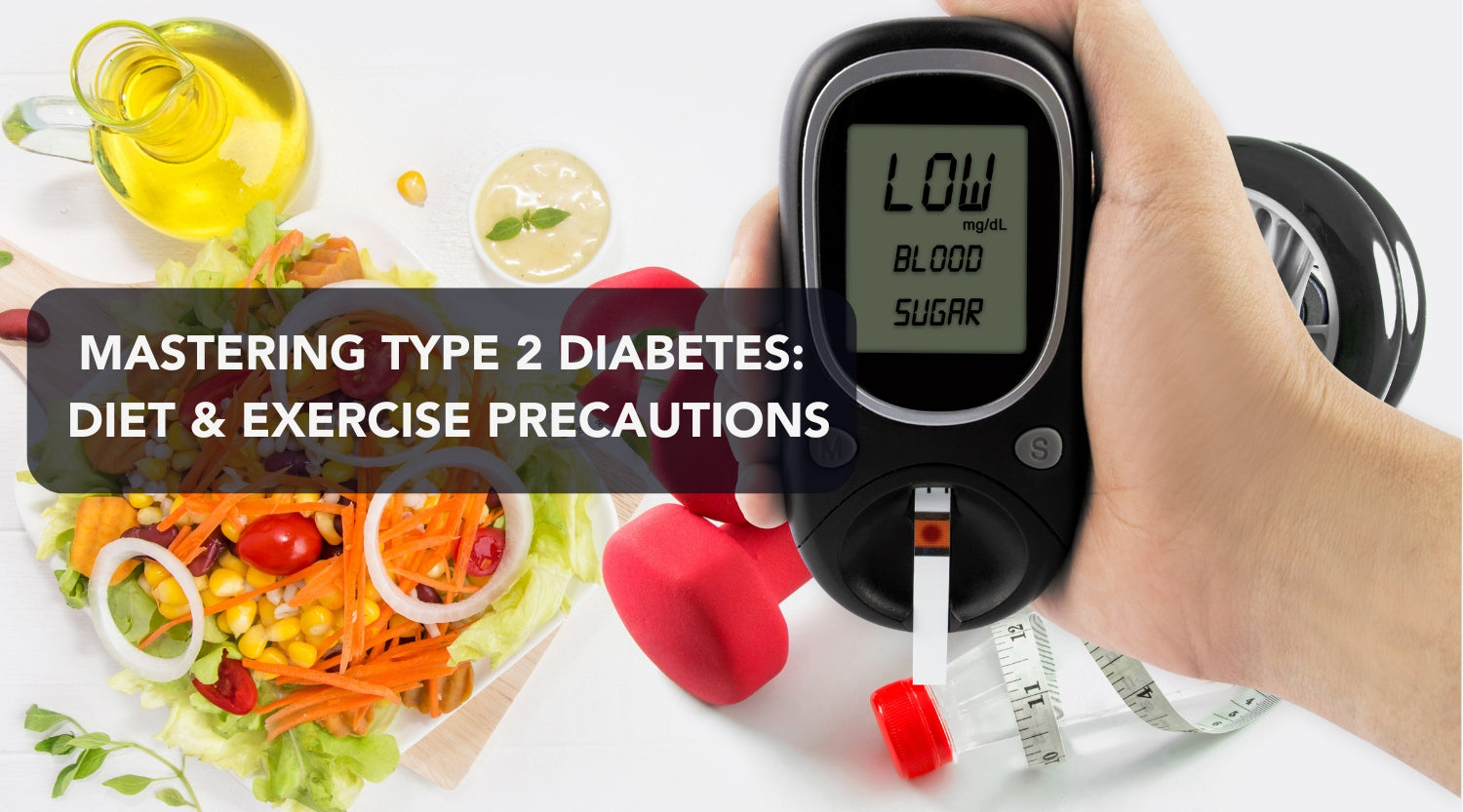
Blog
Mastering Management of Type 2 Diabetes: A Guide to Diet and Exercise Precautions
by Aiwo Tech on Jan 08 2020
Understanding Type 2 Diabetes: An Overview
The Science Behind Type 2 Diabetes
Type 2 diabetes occurs when the body can't use insulin well. This leads to high blood sugar levels. Over time, this can harm the body’s organs. Insulin controls sugar in our blood. Normally, it helps cells take in sugar for energy. When cells resist insulin, sugar builds up in the blood. This is the main issue in type 2 diabetes.
Genetics and lifestyle factors can cause insulin resistance. Being overweight can increase the risk. A diet high in sugar can also. Exercise can help cells respond better to insulin.
Managing blood sugar is key in type 2 diabetes care. This can prevent health problems. Tests can show your blood sugar levels. A healthy lifestyle can help control type 2 diabetes.
Effective Strategies for Managing Type 2 Diabetes
Adopting a Healthy Diet and Weight Management
For those managing type 2 diabetes, diet and weight play a crucial role. Proper nutrition is key. It helps control blood sugar and reduces health risks. A balanced meal plan is vital. It should include lots of vegetables, lean proteins, and whole grains. Reducing refined sugars and carbs is important. These can spike blood sugar levels. Watching portion sizes also helps control weight. Being overweight affects how your body uses insulin. A registered dietitian can guide you. They can tailor a diet plan to fit your needs. Together, diet and weight management are the cornerstones of diabetes control.
The Role of Medications and Insulin Therapy in Management
In managing type 2 diabetes, medications often take center stage. They help manage blood sugar levels and prevent complications. Insulin therapy may also be essential, especially when the body's insulin production is insufficient. Oral medications, like metformin, can improve insulin sensitivity. Some people might need a combination of drugs for better control. Your healthcare team will tailor the treatment plan to fit your needs. It is vital to understand each drug’s role and how to use them safely. Remember, these medications complement lifestyle changes, not replace them.
Lifestyle Changes for Type 2 Diabetes Prevention
Nutritional Strategies to Prevent Type 2 Diabetes
Preventing type 2 diabetes is closely linked to nutrition. Start with these simple steps:
Choose whole grains: Swap white bread for whole-grain options.
Cut back on sugar: Limit sugary drinks and snacks.
Fiber is your friend: Include vegetables, fruits, and legumes in meals.
Opt for healthy fats: Use olive oil instead of butter.
Control portions: Eat small, balanced amounts.
Stay hydrated: Drink water over sugary beverages.
By making these changes, you can protect your health and reduce diabetes risks.
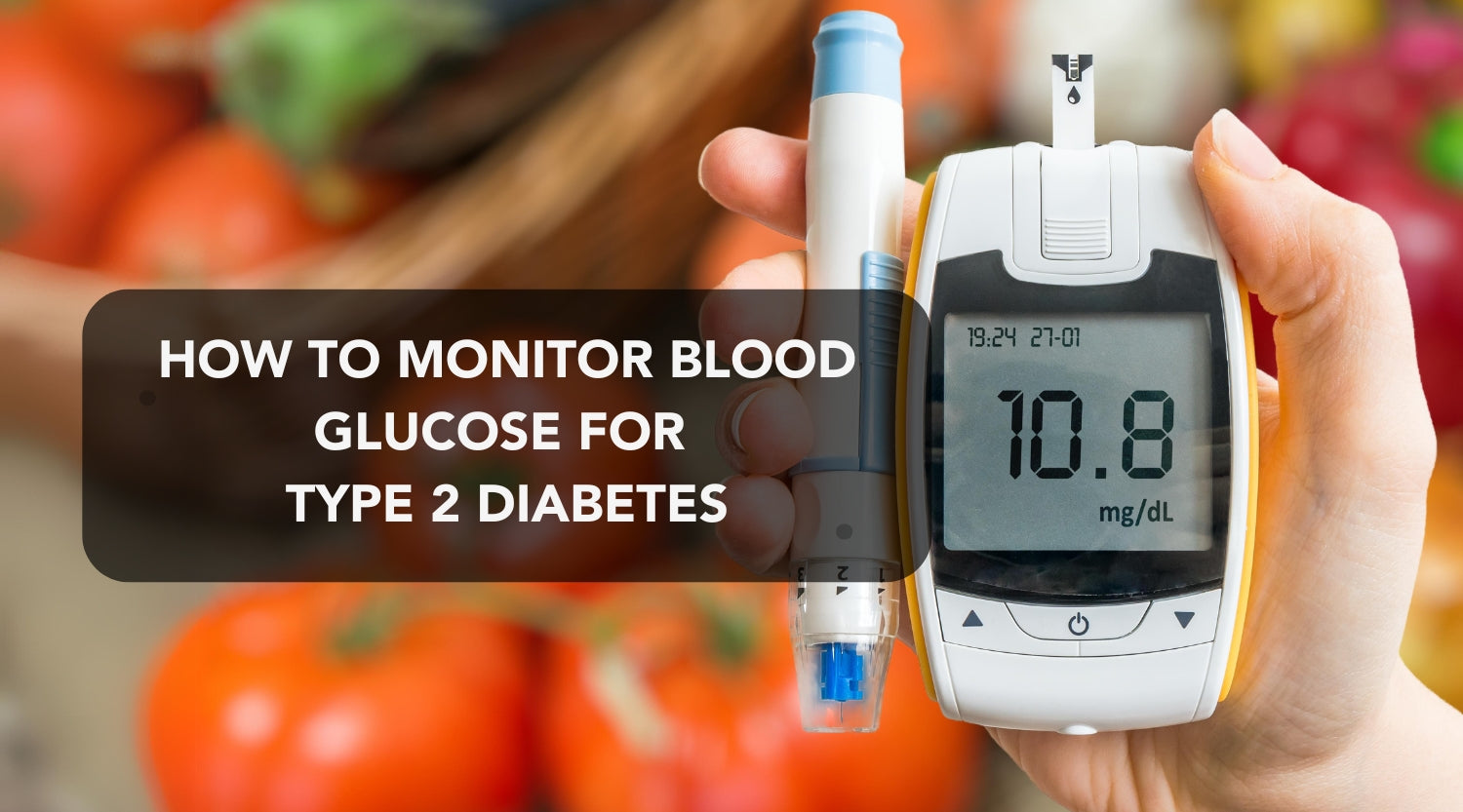
Blog
Understanding Type 2 Diabetes Symptoms and the Importance of Blood Glucose Monitoring
by Aiwo Tech on Nov 14 2019
The Importance of Recognizing Diabetes Type 2 Symptoms
What is Diabetes Type 2?
Diabetes type 2 is a chronic condition. It affects how your body turns food into energy. Normally, your body breaks down sugars with insulin. With type 2 diabetes, your body either resists the effects of insulin or doesn't make enough. This leads to high blood sugar levels. Over time, this can harm your heart, nerves, eyes, and kidneys. It can also cause other health problems. Knowing the signs and symptoms is crucial. It helps catch the disease early and manage it better.
Why Early Detection is Key in Managing Diabetes
Detecting type 2 diabetes early is a vital step in managing the disease. With early detection, individuals can make lifestyle adjustments, seek medical advice, and start treatment sooner to avoid complications. By recognizing the signs of diabetes early, strict monitoring and control of blood glucose levels become possible. This can prevent severe consequences of unmanaged glucose levels, such as heart disease, kidney failure, or vision problems. Hence, understanding the warning signs and acting promptly could be life-saving, leading to a healthier future.
Common Blood Glucose Indicators for Diabetes Type 2
Fasting Blood Glucose Levels
For individuals with type 2 diabetes, monitoring fasting blood glucose levels is essential. These levels refer to the amount of glucose in your blood after an overnight fast, usually spanning 8 to 12 hours. Health professionals generally consider a reading of less than 100 mg/dL as normal. A range between 100 to 125 mg/dL could indicate prediabetes, and a level of 126 mg/dL or higher on two separate tests typically leads to a diabetes diagnosis. Regular checking of these levels helps track diabetes risk and management.
Post-Meal Blood Glucose Readings
Post-meal blood glucose readings, also known as postprandial glucose readings, are vital for managing diabetes Type 2. These readings show how the body handles sugar from meals. A reading higher than normal may indicate that the body isn't adequately using insulin to lower blood glucose. For non-diabetic individuals, post-meal readings typically fall below 140 mg/dL. People with diabetes may have higher readings. Monitoring these levels helps identify which foods may cause spikes, guiding dietary adjustments. Regular tracking of post-meal glucose can also help your doctor assess how well your medications are working.
The Role of A1C in Diabetes Management
Understanding the A1C test is key in diabetes management. This blood test reflects your average blood glucose levels over the past two to three months. It measures the percentage of glycated hemoglobin in your blood. A level of 6.5% or higher on two separate tests indicates diabetes. For those managing the condition, an A1C level below 7% is often a common target. Regular A1C testing helps track how well diabetes is being managed. It guides treatment changes if needed. Remember, A1C goals can vary for each person based on health conditions, so it's important to follow your healthcare provider’s advice.
Strategies for Managing and Reducing Blood Glucose Levels
Lifestyle Changes and Their Impact on Blood Glucose
Maintaining healthy blood glucose is key in managing type 2 diabetes. Lifestyle changes can have a big impact on glucose levels. Here are some important habits to consider:
Eating a balanced diet: Prioritize fruits, veggies, whole grains, and lean proteins.
Regular physical activity: Aim for at least 150 minutes of moderate exercise weekly.
Weight management: Keep a healthy weight to improve glucose control.
Stress reduction: Manage stress through meditation, yoga, or deep breathing.
Adequate sleep: Get 7-9 hours of sleep to help regulate blood sugar.
Small steps can lead to big changes in blood glucose levels. Start by making one change at a time.
The Use of Medications in Achieving Glucose Goals
Managing blood glucose is key in diabetes care. Medications play a big role. Some meds help the body use insulin better. Others cut the liver's glucose output. There are also drugs that slow digestion. This helps keep blood sugar levels steady. Medicines may change as diabetes changes. Doctors will guide you. Regular reviews ensure meds are still right for you. Always follow your doctor's advice on medication use.
Monitoring and Adjusting Strategies for Optimal Blood Glucose Management
Optimal management of type 2 diabetes requires regular monitoring. Track your blood sugar levels closely. Make use of tools like glucometers and CGM devices. Analyze patterns in your glucose reads, looking for consistent highs or lows. Adjust your meal plans, physical activity, and medications according to the trends. Work with your healthcare team to refine your diabetes management plan. Remember, it's a team effort to stabilize your blood glucose and improve your health.
